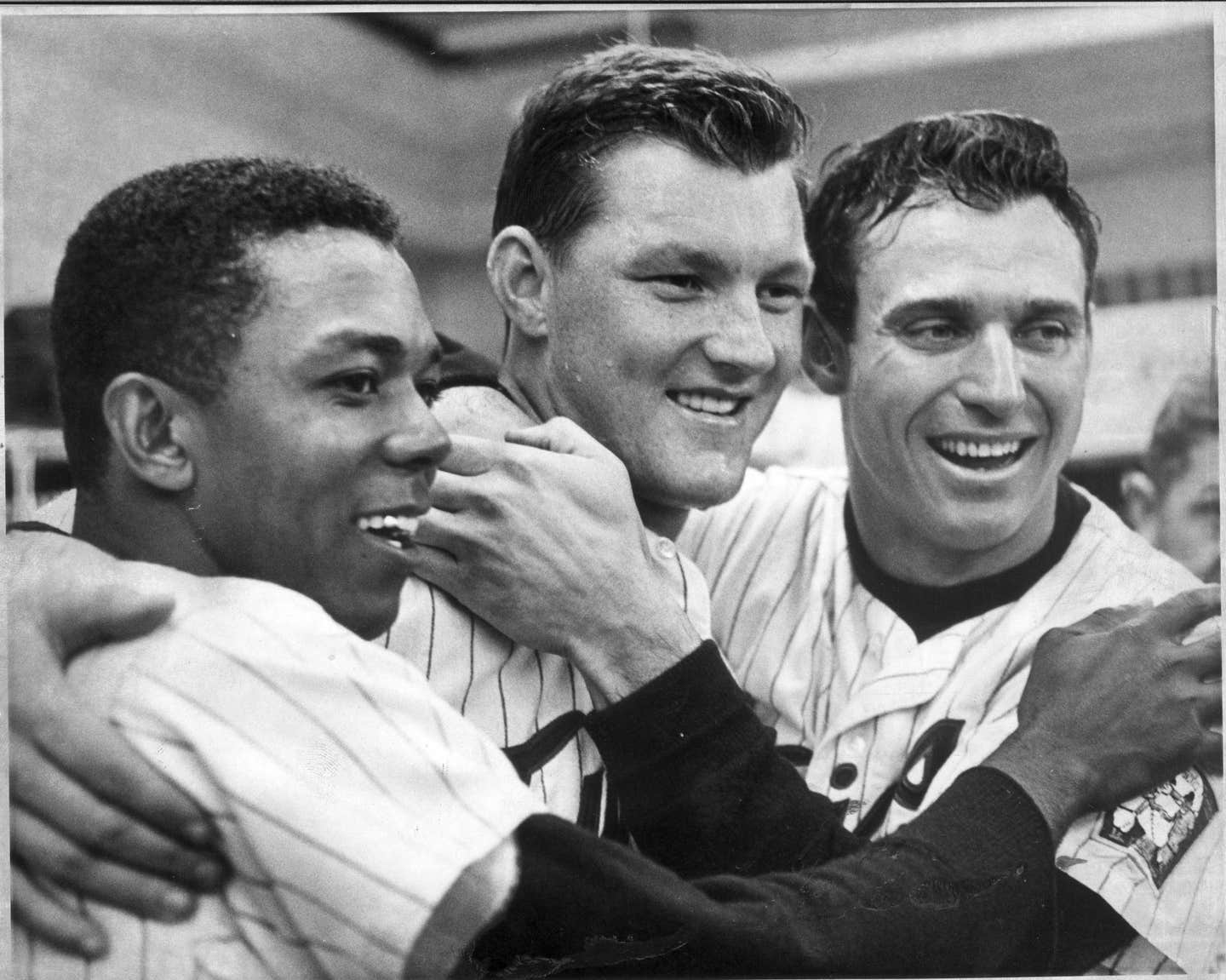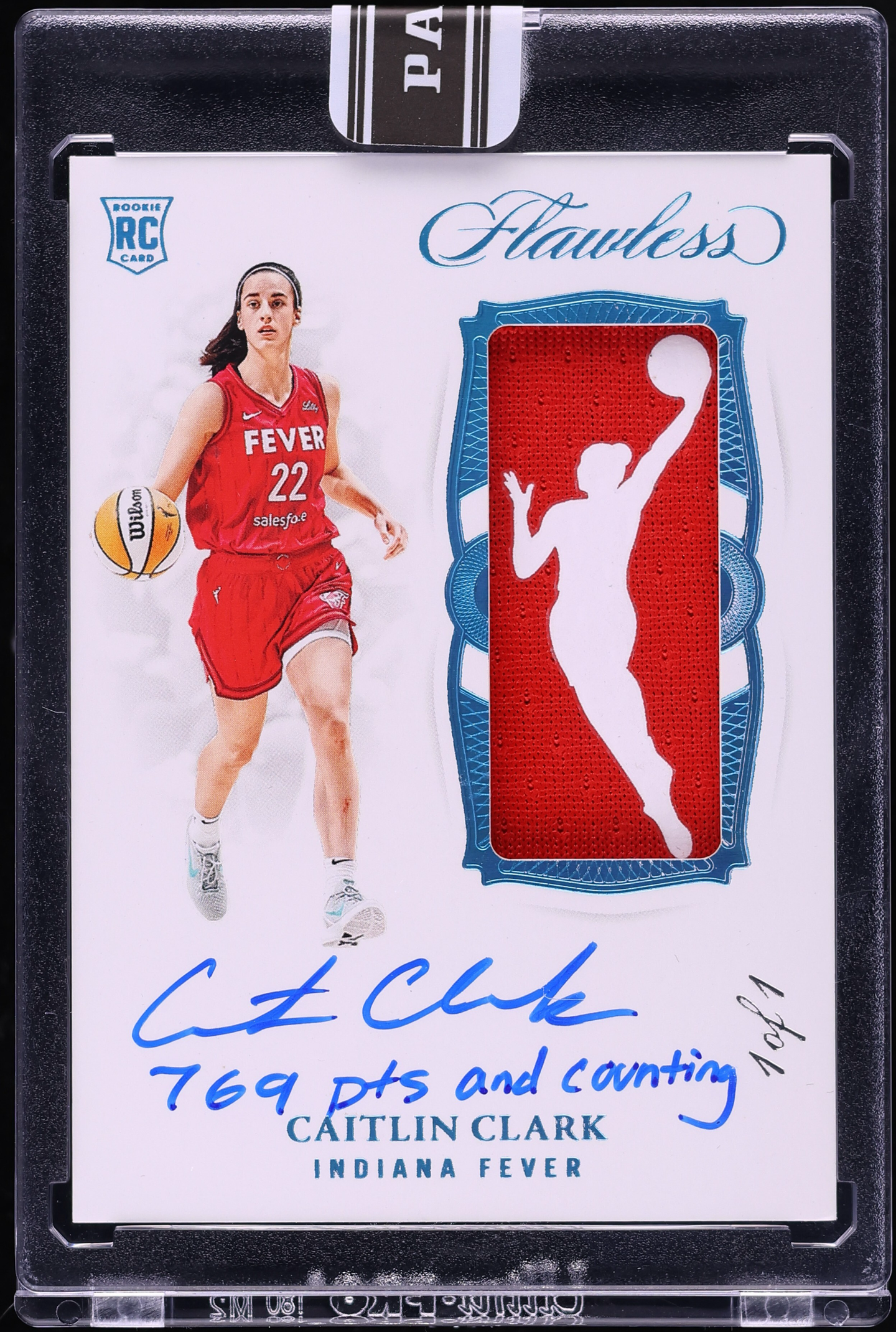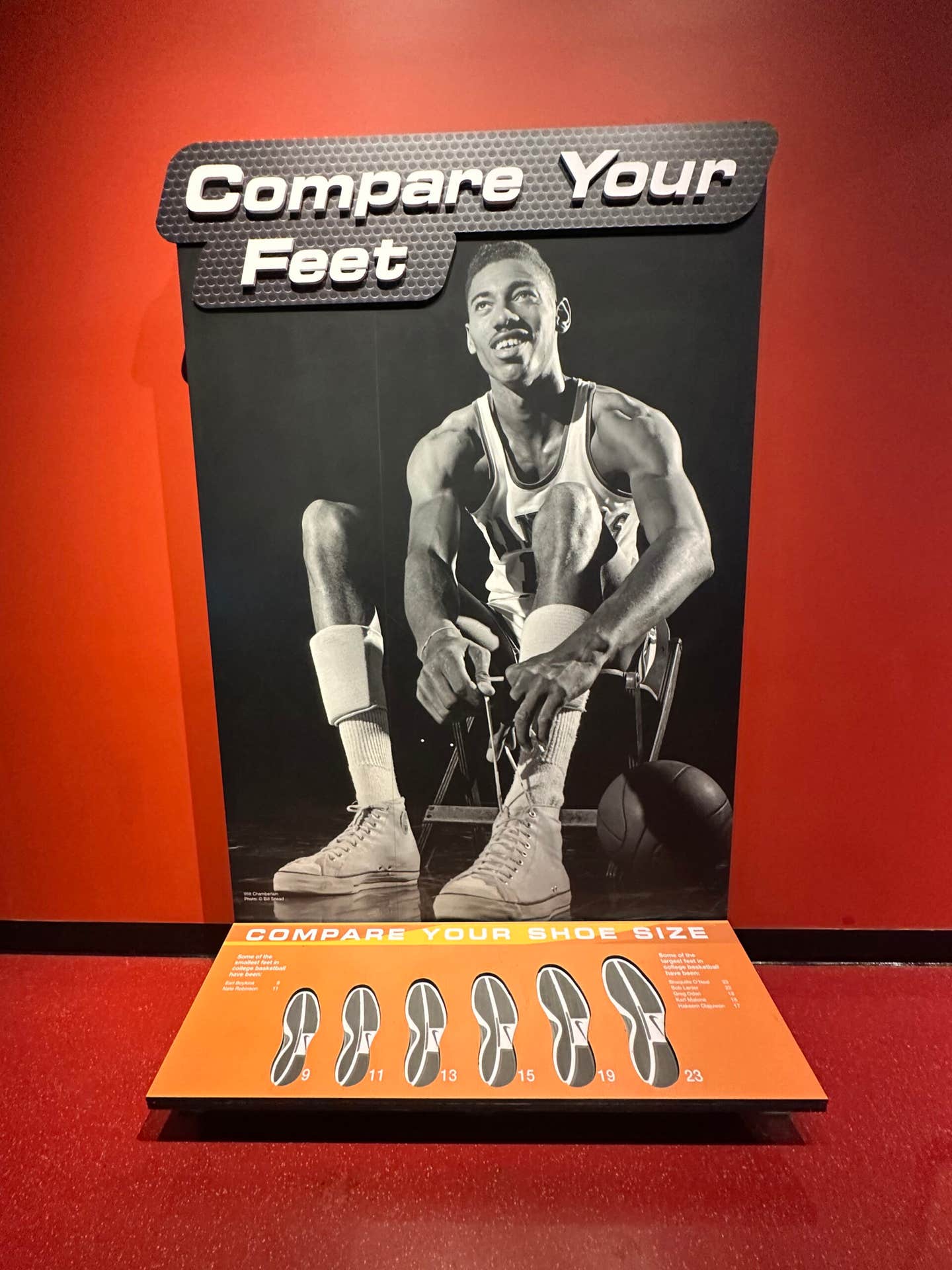
News
Veterans elected to Baseball Hall of Fame bring back fond memories for longtime fans, card collectors
The list of players elected by the Baseball Hall of Fame veterans era committees on Dec. 5 should bring back a flood of memories for longtime baseball fans, as well as avid baseball card collectors who remember when a stick of gum came in every pack of cards.
If you collected baseball cards in the 1950s and 1960s, and kept any of them, you undoubtedly have a Minnie Miñoso, Jim Kaat, Gil Hodges or Tony Oliva card still hanging around.
Buck O’Neil and Bud Fowler were also elected to the Hall of Fame. O’Neil, a celebrated player in the Negro Leagues in the 1930s, ’40s, and ’50s, and Fowler, who played in the 1800s, did not get their own baseball cards until long after their playing days were over, but did appear on some cardboard keepsakes in the 1980s, ’90s, and 2000s.
Kaat, Oliva, Hodges and Miñoso were elected by the shrine’s Golden Days Era Committee. O’Neil and Fowler were elected by the Early Baseball Era Committee. Each committee had 10 candidates on their ballot. The committees each comprised 16 members, including players, major league executives, veteran media members and baseball historians. To be elected, candidates had to receive 75 percent of the vote.
Only two of those elected on Dec. 5 — Kaat and Oliva — are still alive. Both are 83 years old.
JIM KAAT
For Kaat, being elected to Cooperstown was “truly a gift.”
“I really never thought this day would come,” the left-handed hurler said. “What makes this even more special is I get to share it with my longtime friend and teammate Tony Oliva, who I saw come up to the major leagues as a kid and develop into a Gold Glove outfielder.”
Both Kaat and Oliva played for the Minnesota Twins.
A winner of 283 games, Kaat started his career in 1959 with the Washington Senators and followed the team to Minnesota when the team moved there in 1961 and became the Twins. He stayed with Minnesota until August 1973, when he went on to play with the Chicago White Sox for the remainder of the 1973 season; he played with Chicago’s American League team through the end of the 1975 season.
Traded to the Philadelphia Phillies for the 1976 season, Kaat remained in the City of Brotherly Love until the early part of 1979, when he went to the New York Yankees. The seasoned starter was donning Yankees pinstripes until the early part of the 1979 season, and then was sold to the St. Louis Cardinals, where he finished his career in 1983, but not before the team won the World Series in 1982 against Milwaukee Brewers.
Kaat, who played 25 years in the majors, was not only a superb pitcher, but also an outstanding fielder on the mound. The Hall of Famer won 16 Gold Gloves during his career to go along with his 283 wins. He wasn’t a bad hitter, either (yep, pitchers hit in the American League during Kaat’s playing days). Kaat notched 16 homers, 14 with the Twins. He also collected 44 doubles in his career.
After Kaat retired in 1983, he became the pitching coach for the Cincinnati Reds from August 1984 through 1985. After his brief coaching tenure, Kaat went on to have a long and respected career as a baseball analyst with several teams, including the New York Yankees and the Minnesota Twins. He also broadcast games for ESPN, ABC, CBS, NBC, TBS and MLB Network.
TONY OLIVA
Tony Oliva played his entire career with the Twins (1962–1976). He won back-to-back batting titles in the American League in 1964 (.323) and 1965 (.321), and a third batting title in 1971 (.337). The Cuban-born right fielder ended his 15-year career with a .304 batting average.
Nicknamed “Tony-O,” the savvy hitter was always known for his offense, but he worked very hard on defense as well. Despite all his offensive awards, he’s most proud of the award he won for his defense in right field — a Gold Glove in 1966. During the latter part of his career, bad knees forced Oliva into a designated hitter role.
Oliva, who was considered for the Baseball Hall of Fame many times, fell short until now. But he never gave up hope.
“It’s so beautiful to be able to be here for this,” he said. “I always knew — sooner or later — I’d get into the Hall of Fame. But I wanted to be alive when it happened.”
A native of Cuba, Oliva openly admits that he was obsessed with hitting and went up to the plate believing he could hit any pitch anywhere — and often did.
Tony-O stayed with the Twins as a coach long after his playing days, and, as a result, holds the distinction of being with three Minnesota Twins’ World Series teams. He was an outfielder on the 1965 team, the batting coach for the 1987 World Championship Twins, and the bench coach for the 1991 World Champions.
Oliva and Kaat will now join teammates Harmon Killebrew and Rod Carew, from the famed Minnesota Twins team of the late 1960s and early ’70s, in the Cooperstown shrine.
GIL HODGES
Gil Hodges was a fan favorite in Brooklyn when he played for the Brooklyn Dodgers from 1943 to 1957. He missed two seasons serving in the military during World War II from 1944 to 1945.
The slick-fielding first baseman moved with the Dodgers to Los Angeles in 1958 and played with them until 1961. In 1962 and 1963, Hodges finished his 18-year major league career with the New York Mets.
The eight-time All-Star also managed in the majors — first with the Washington Senators (1963–1967) and then with the Mets (1968–1971). The popular player and manager was the skipper of the 1969 “Miracle Mets,” who won the World Series against the heavily favored Baltimore Orioles. Hodges was still the Mets’ manager when he died suddenly of a heart attack in 1972 at the age of 47.
MINNIE MINOSO
Minnie Miñoso was an energetic player throughout his career. The Cuban native was a star in the Negro Leagues with the New York Cubans from 1946-48. He then went on to have a long career in the major leagues with the Cleveland Indians, Chicago White Sox, St. Louis Cardinals, and Washington Senators from 1949-64. He also appeared in three games for the White Sox in the 1976 season and then two more games for the Pale Hose in 1980.
Miñoso holds a place in history as the first black Latin American to play in the major leagues. He had a lifetime .299 batting average with 2,110 hits and won three Gold Gloves for his play in left field (1957, 1959, 1960). Miñoso was known for playing the game with reckless abandon and deep passion. He died in 2015 at the age of 89.
BUCK O’NEIL
The beloved O’Neil spent almost eight decades in professional baseball — as a player, coach, manager and scout. He was also a knowledgeable oral historian of the Negro Leagues.
O’Neil first broke into the Negro Leagues as a player with the Memphis Red Sox in 1937. The dazzling first baseman then joined the renowned Kansas City Monarchs in 1938 and was with the club for nearly 20 years. He became the player-manager of the Monarchs in 1948 and continued to play on and off until 1955.
In 1955, O’Neil signed on as a scout for the National League’s Chicago Cubs, and among his many signings was a young baserunning phenom named Lou Brock. In 1962, the Cubs named O’Neil a coach, making him the first black coach in major league history.
O’Neil’s greatest satisfaction came from his efforts to establish the Negro Leagues Baseball Museum in Kansas City. The museum was founded in 1990 and O’Neil served as its honorary board chairman until his death in 2006 at the age of 94.
BUD FOWLER
Bud Fowler is recognized as the first African-American professional baseball player in history. Oddly enough, he spent most of his early years living in Cooperstown before the Baseball Hall of Fame was ever established.
Born in 1858, he traveled around the United States and Canada playing in professional baseball games whenever he heard that a team needed a player. Early on, the new Hall of Famer played with both white and black players. Fowler was an outstanding pitcher and on days when he wasn’t on the mound, he played behind the plate.
Black players were not banned from playing with white players until the late 1880s. Following that ban, Fowler worked to establish leagues and teams for black players. In 1895, he helped found the Page Fence Giants based in Adrian, Mich. The Giants were considered one of the nation’s best professional baseball teams. They earned money barnstorming throughout the country and playing against other professional teams. Because of the high quality of their play, the Giants always drew large crowds. Fowler died in 1913 at the age of 54.
The six electees from the veterans era committees will form the Hall of Fame class of 2022, along with any players elected by the Baseball Writers Association of America toward the end of January.








